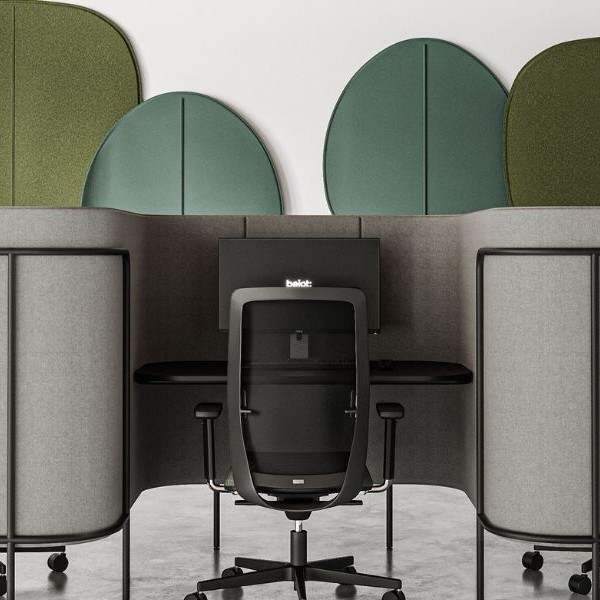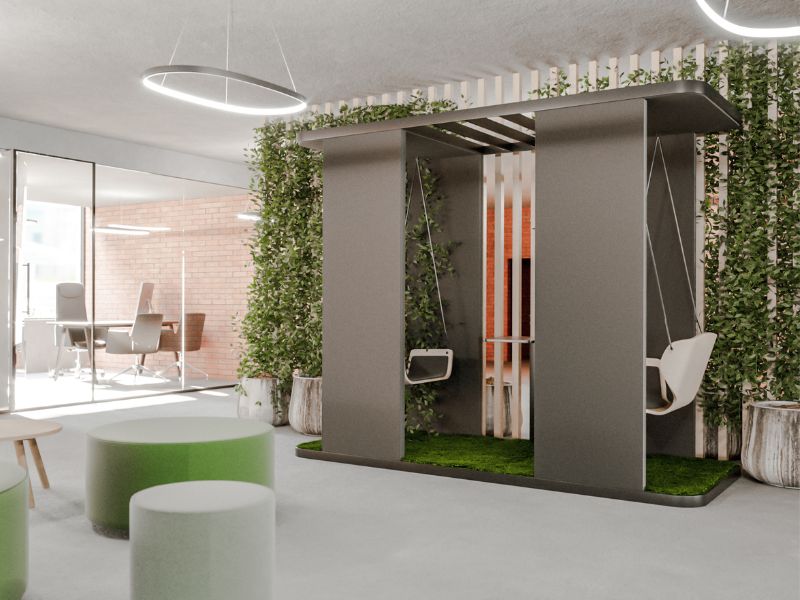Office supporting employee wellbeing
One of the fundamental aspects of employee wellbeing is the work environment, making it essential to design office spaces that cater to the individual needs of people. A holistic approach that considers the diverse requirements of employees, especially those related to their wellbeing, is vital. This highlights the importance of providing relaxation zones and solutions that help reduce stress levels. How can this be accomplished?
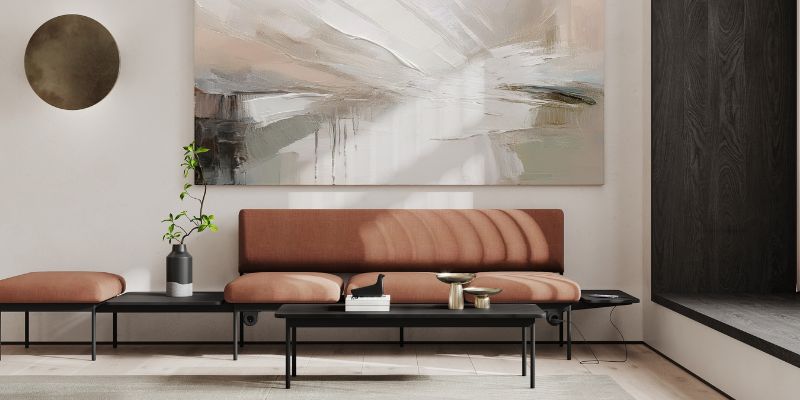
Create Relaxation Areas
When designing communal spaces in the office, it's beneficial to set aside relaxation areas equipped with more than just comfortable sofas or armchairs. Incorporating swings or rocking chairs can be an excellent way to promote relaxation for employees. Research from Current Biology indicates that the human brain is evolutionarily attuned to respond positively to rocking. This soothing motion not only calms but also significantly enhances memory.
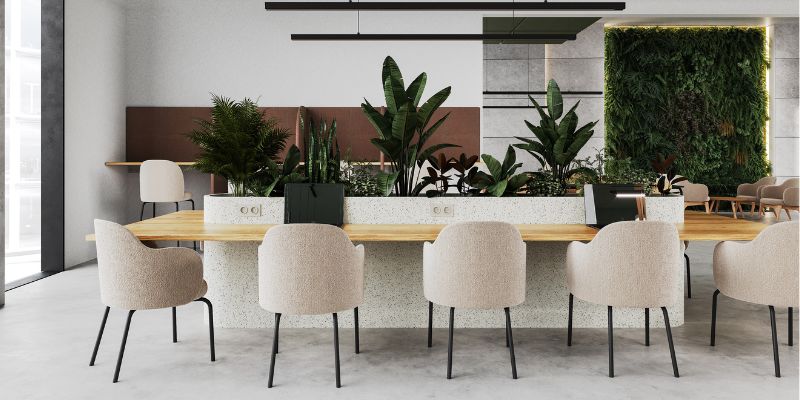
Introduce Biophilic Elements into Your Office Space
The colors, textures, and materials used in office furniture greatly influence employee well-being and productivity. To foster a welcoming atmosphere, consider adding biophilic elements. Furnishings made from natural materials, along with earthy colors and textures reminiscent of the outdoors, can make a positive difference. Additionally, incorporating live plants—placing them on shelves or bookcases—will help create a warm environment that encourages creativity.
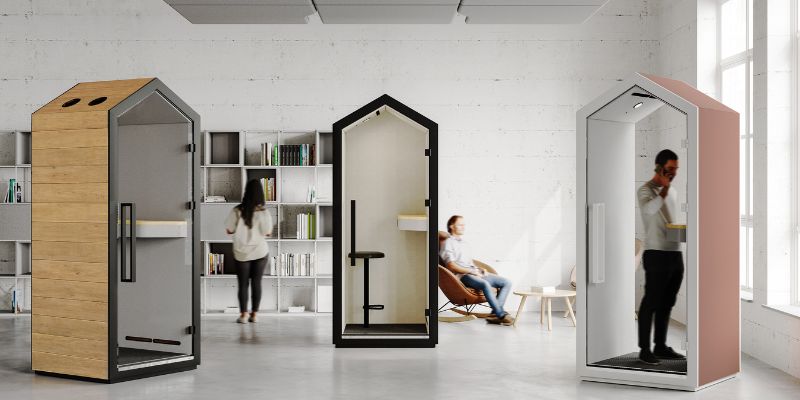
Prioritize Quiet Spaces
Excessive noise in the workplace can significantly reduce productivity and increase stress levels among employees. A study published in the British Journal of Psychology found that the productivity of employees sharing a room with others who speak or read aloud declines by over 60%.
Implementing acoustic solutions, such as soundproof panels or booths, can greatly reduce noise in the office, ultimately enhancing employee well-being.
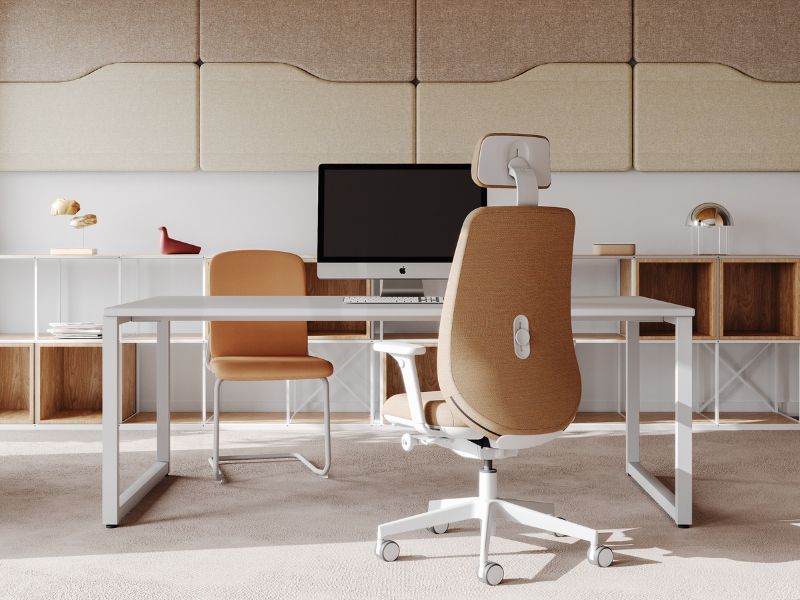
Design Ergonomic Workspaces
In addition to measures for noise and stress reduction, seating comfort is a crucial aspect of an effective office. Ergonomic chairs and armchairs are essential for creating a comfortable workstation. Ensuring proper sitting posture can help mitigate the negative effects of a sedentary lifestyle on employee health.
Sources::
Deloitte Global 2024 Gen Z and Millennial Survey
The Economics of Wellbeing Report, Gallup Institute, 2023
Gen Z o sobie i otczającym ich świecie. Jakie sa polskie Zetki? Uniwersytet SWPS
Current Biology, Whole-Night Continuous Rocking Entrains Spontaneous Neural Oscillations with Benefits for Sleep and Memory, 2019
Disruption of office-related tasks by speech and office noise, British Journal of Psychology, 2011
|

